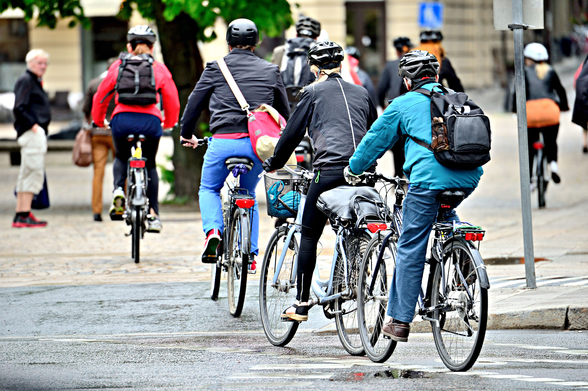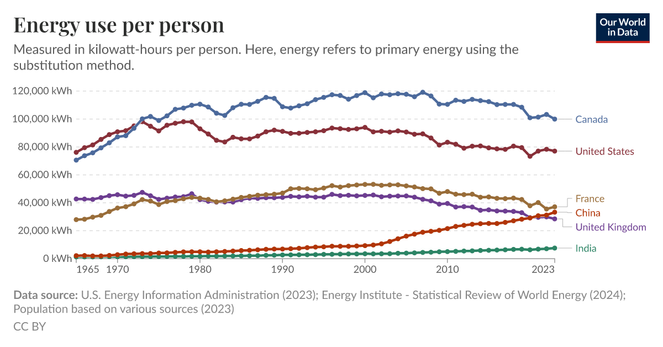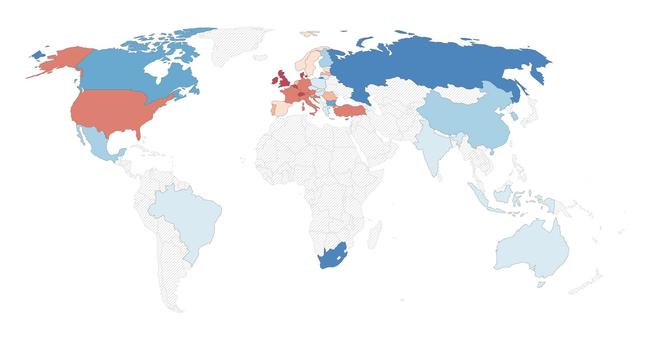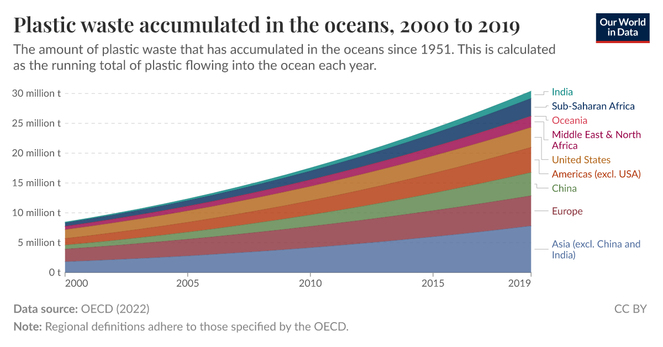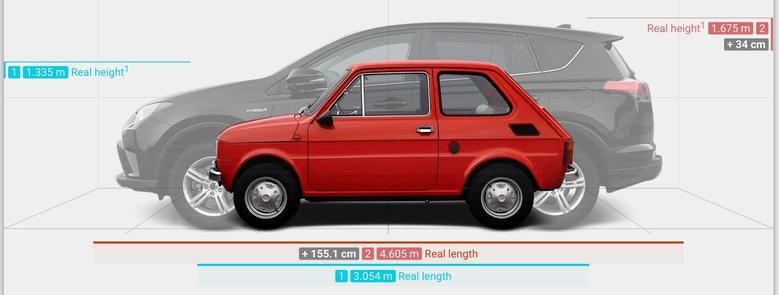"A cyclist is a disaster for the country's economy: he does not buy cars and does not borrow money to buy. He does not pay for insurance policies. He does not buy fuel, does not pay for the necessary maintenance and repairs. He does not use paid parking. He does not cause serious accidents. He does not require multi-lane highways. He does not get fat.
Healthy people are neither needed nor useful for the economy. They don't buy medicine. They do not go to hospitals or doctors. Nothing is added to the country's GDP (gross domestic product).
On the contrary, every new McDonald's restaurant creates at least 30 jobs: 10 cardiologists, 10 dentists, 10 dietary experts and nutritionists, and obviously, people who work at the restaurant itself."
Choose carefully: cyclist or McDonald's? It is worth considering.
P.S. Walking is even worse. Pedestrians don't even buy bicycles.
P.P.S. If you have read this far and still don't get it, this post is SATIRE. Reread it with this in mind.
@MarkHoltom This is the reverse case of the broken window fallacy. What cyclists do not spend one way, they spend in other areas.
To the best of our knowledge, the net impact of cycling on GDP is positive, because cyclists are more productive (because healthier).
@MathieuP
But they spend their money the wrong way. Nothing goes to big business like car companies, construction industry (suburbian sprawl!), banks, pharma and healthcare etc.
And they lead a less resource intense life - that's not okay from a growth paradigm perspective.
Seriously, that's bad for capitalism.
@MarkHoltom
@stekopf @MarkHoltom Sorry, but this is not the way growth accounting works. Economic growth is producing more with the same amount of inputs, or less. When I avoid filling my car fuel tank and buy an album on Bandcamp instead, I create growth: there are less market-traded inputs for an additional copy of the album than for a tank of gasoline.
Notice the same holds if I replace the album with an Amazon Prime subscription.
@MathieuP @stekopf @MarkHoltom
"Economic growth is producing more with the same amount of inputs, or less."
This is a curious definition of growth. Wouldn't it suffice to end the sentence at "more", i.e. "economic growth is producing more"?
@MathieuP @stekopf @MarkHoltom
What some people may take issue with in regards to the input is that economics often only concerns itself with money, as you hinted at by adding an adjective "market-traded". The input being a unique ecosystem being destroyed or a non-renewable resource cannot be reduced to a monetary valuation though.
@MathieuP @stekopf @MarkHoltom
How can you be sure there are less inputs for a copy of a Bandcamp album or an Amazon Prime subscription than for an equally-priced amount of gasoline? The digital world has a very real physical footprint in terms of materials and energy.
@jackofalltrades @stekopf @MarkHoltom We are taking marginal costs here. The overwhelming share of digital goods footprint is at the hardware fabrication and disposal stages.
@MathieuP @stekopf @MarkHoltom
Not only that. Energy is also a very important input, which comes back nicely to the gasoline for a car vs digital subscription example.
It's hard to avoid news like these nowadays:
https://www.cnbc.com/2025/06/21/why-electricity-prices-are-surging-for-us-households.html
or:
https://www.npr.org/2024/09/20/nx-s1-5120581/three-mile-island-nuclear-power-plant-microsoft-ai
Or even a cursory browse of @gerrymcgovern feed will give you a good idea of how much input the digital world requires.
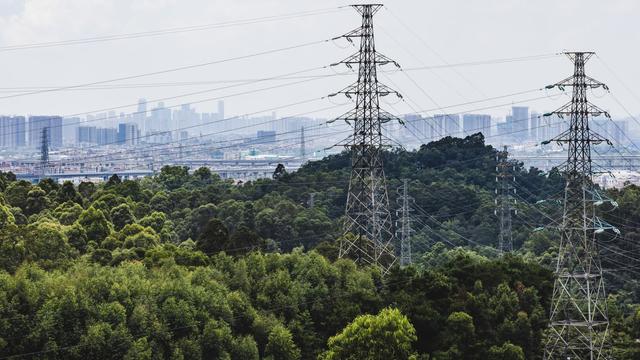
Why electricity prices are surging for U.S. households
Electricity prices are outstripping the pace of inflation by a wide margin — a trend likely to continue in coming years, experts said.
